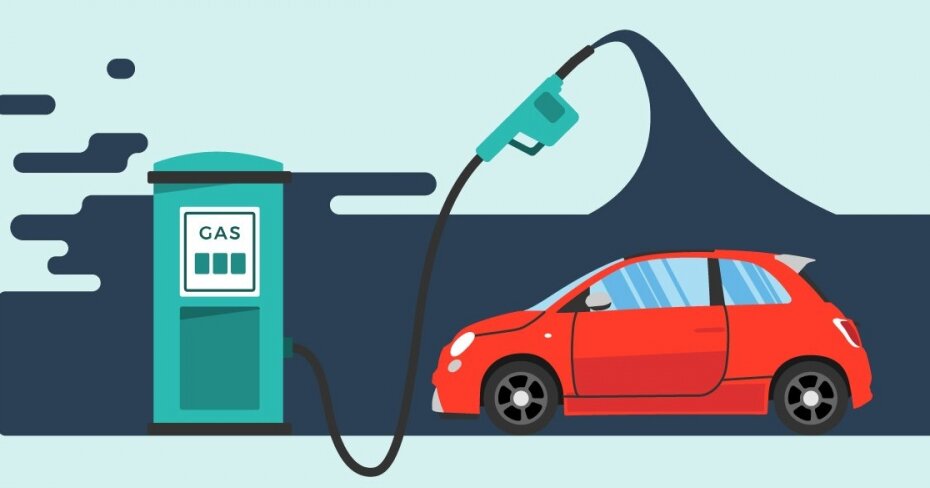This is how the car you drive affects your insurance rate
By: Jessica Mach on October 21, 2021
This article has been updated from a previous version.
At LowestRates.ca, we’ve talked plenty about car insurance premiums and the factors that do and don’t affect them.
Up until this point, much of this coverage has been driver-centric, focusing on the age, gender, driving history, and location of policyholders.
However, a spate of other factors that have less to do with you, and more to do with your car, also affect your premium — sometimes substantially.
Scott Shields, director of operations at Direct Rate Insurance, identifies four key traits that insurance providers will consider when assessing your car and the type of coverage it needs.
Price
 In the broadest sense, premiums are a reflection of how much it would cost to repair or replace your car, should it get damaged, and how likely the car is to become damaged in the first place.
In the broadest sense, premiums are a reflection of how much it would cost to repair or replace your car, should it get damaged, and how likely the car is to become damaged in the first place.
It makes sense, then, that insurance providers would impose higher premiums on more expensive cars than on less expensive ones – the former’s parts would cost more money to replace.
Higher-end cars might also be more susceptible to theft, Shields notes.
“From a resale value of the parts, thieves gravitate towards certain vehicles,” he says.
This higher risk relative to cheaper cars, combined with the higher cost of replacing an expensive vehicle or its parts, can drive rates up.
Age (used versus new)

The value of a car generally decreases with age, but that doesn’t necessarily mean older cars are cheaper to insure.
There’s no simple answer as to whether an older or newer car will command a higher premium. Because insurance providers determine premiums based on how much money they would have to put out if a car is damaged, a car’s resilience is typically taken into account.
Newer cars have a slew of safety features that can make them more resilient, such as emergency brakes that can soften an impact and lane-departure warnings that can help avoid or lessen damage in side collisions.
Pit against a newer car with safety features, an older car without those safety features might command a higher premium in comparison.
But, pit that same older car against another new car that doesn’t carry those safety features, and the newer car is likely to command a higher premium due to its newer, more valuable parts and its comparable level of resilience.
Fuel type
 Most people either drive a gas-powered or diesel vehicle.
Most people either drive a gas-powered or diesel vehicle.
But the number of electric and hybrid electric vehicles is growing. So, how does your car’s choice of fuel impact your insurance?
Again, it all comes down to cost, Shields says.
“If an electric vehicle is in a crash, if that vehicle costs more to repair than a gasoline-powered one, then it’s likely that the premium would be higher.”
Electric vehicles tend to be more expensive than their gas-powered counterparts. For this reason, drivers might find that insuring an electric vehicle is slightly more costly, though that’s not a hard-and-fast rule.
Basic versus luxury model
Civic, Corolla, Corvette?
When an insurance provider assesses a car, one of the factors that it takes into account is its experience with that particular make and model and whether there are notable patterns of behaviour associated with that model’s drivers.
Suppose the insurance provider has extended coverage to a substantial number of four-door family sedans and experienced a low rate of claims with that particular model. In that case, the insurance company will probably offer relatively low insurance rates to cover it.
But if that insurance provider also has extended coverage to another model that it associates with a high collision rate, premiums for covering that model will be higher.
Additionally, manufacturers usually offer a range of features starting with a basic package and evolving to a mid-range and luxury model. The price difference between a basic and luxury model is often significant, and the replacement value would express that.
It could be challenging to find extra parts for an exotic car model, for instance, or costly to import. Another feature that could impact exotic and luxury car insurance rates is horsepower. Higher speeds often signal red flags to insurance companies and result in higher rates.
One detail drivers don’t have to worry about affecting their rate, however, is colour. Despite the common myth about red cars costing more to insure, a car’s colour does not impact premiums.


